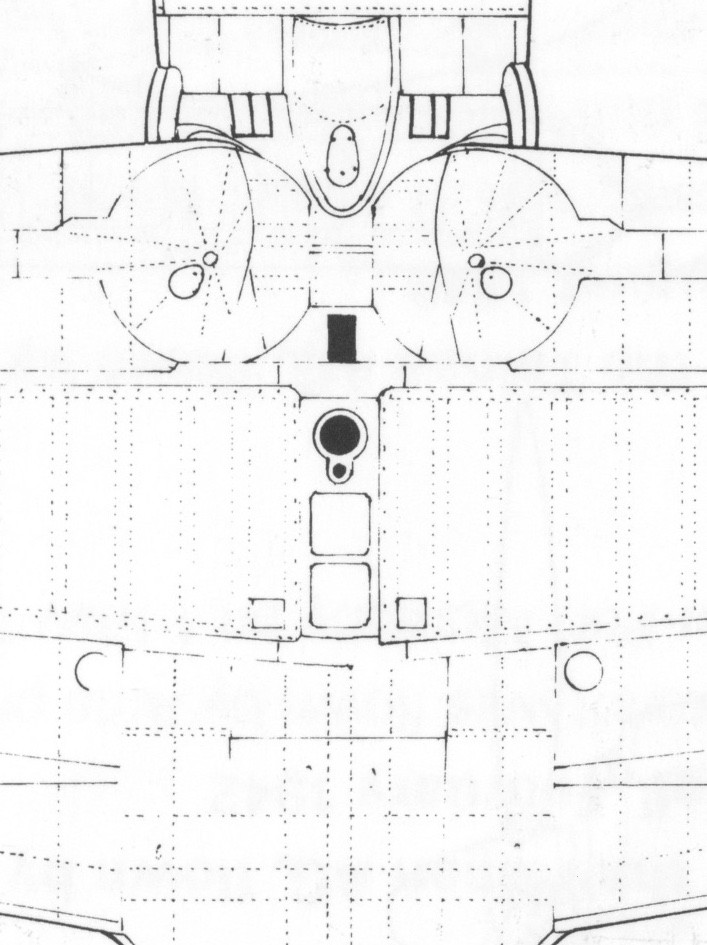Tcoat:
I agree that, for our purposes, it does not matter much if those hood guns feed from the left or from the right. What seems clear is that they eject their shell casings downward to the rectangular hole immediately ahead of the forward main spar.
Oh, and I have a theory for why some sources say that the rectangular hole should be in the midline of the fuselage (see the attached graphic, taken from Sakaida's Osprey book), whereas others (like the Tamiya instructions) say that it should be in an asymmetric position, shifted to starboard. Models A6M2, A6M3, A6M5 and A6M5a ("Ko") had two 7.7 mm machine guns on the hood. In the A6M5b ("Otsu"), the starboard 7.7 mm machine gun was replaced by a 13.2 mm machine gun. For the A6M5c ("Hei"), a 13.2 mm machine gun was added to each wing, outboard of the 20 mm cannon. However, this made the traditionally ultra-nimble Zero fly like a truck. Therefore, the left side hood 7.7 mm gun was deleted, and this became the definitive A6M5c. So the A6M5c had only one gun on the hood, on the starboard side, while all the previous models had two guns side by side on the hood.
In the Zeros that had 2 guns on the hood, every component of the starboard gun would logically be somewhere to the right of the corresponding component of the port gun. This would include the ejection chutes. I think that in the 2-hood-gun Zeros, the ejection chutes converged near or at the end (as you also suspect), and expelled the shell casings through a rectangular exit hole centered on the midline of the fuselage. But the A6M5c, with no hood gun on the port side, did not need a chute on that side. Given the obsession with minimization of the Zero's weight, I think it's likely that the left gun's chute was removed, and that the left half of the rectangular hole was sealed. That would leave the A6M5c with a single, asymmetric rectangular exit hole to the right of the midline, and probably half the size of the exit holes of the 2-hood-gun Zeros. What do you think?
